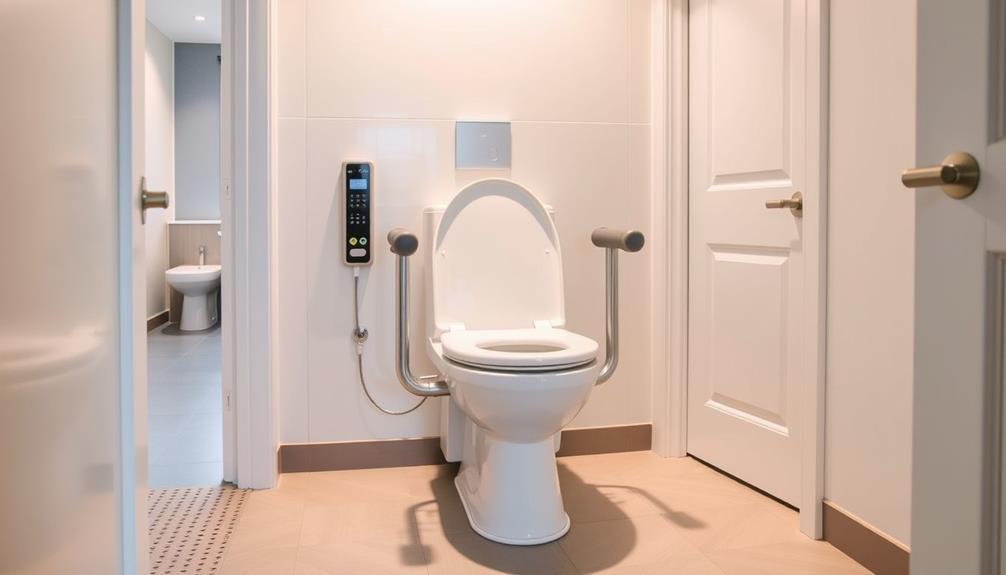Did you know that the type of flush valve in your toilet can greatly impact its performance? With various options available, it’s crucial to understand the differences.
In this article, I will delve into the technical details of different toilet flush valve types, including the traditional flapper valve, dual flush valve, pressure-assist flush valve, gravity flush valve, and electronic flush valve.
By mastering this knowledge, you’ll be able to make an informed decision when it comes to upgrading your toilet system.
Key Takeaways
- Electronic flush valves offer automation and customization, while traditional flush valves rely on gravity or manual operation.
- Electronic flush valves have adjustable settings for flush volume and duration, whereas traditional flush valves have fixed settings.
- Electronic flush valves can detect and address issues such as leaks and clogs, making maintenance easier and more efficient.
- Electronic flush valves help conserve water by offering adjustable flush volume and can be programmed to use less water for liquid waste, contributing to water conservation efforts.
Traditional Flapper Valve
In my experience, the traditional flapper valve is a common and reliable option for flushing toilets. This type of valve consists of a rubber flapper that covers the flush valve opening. When the toilet is flushed, the flapper is lifted, allowing water to flow into the bowl and initiate the flushing process.
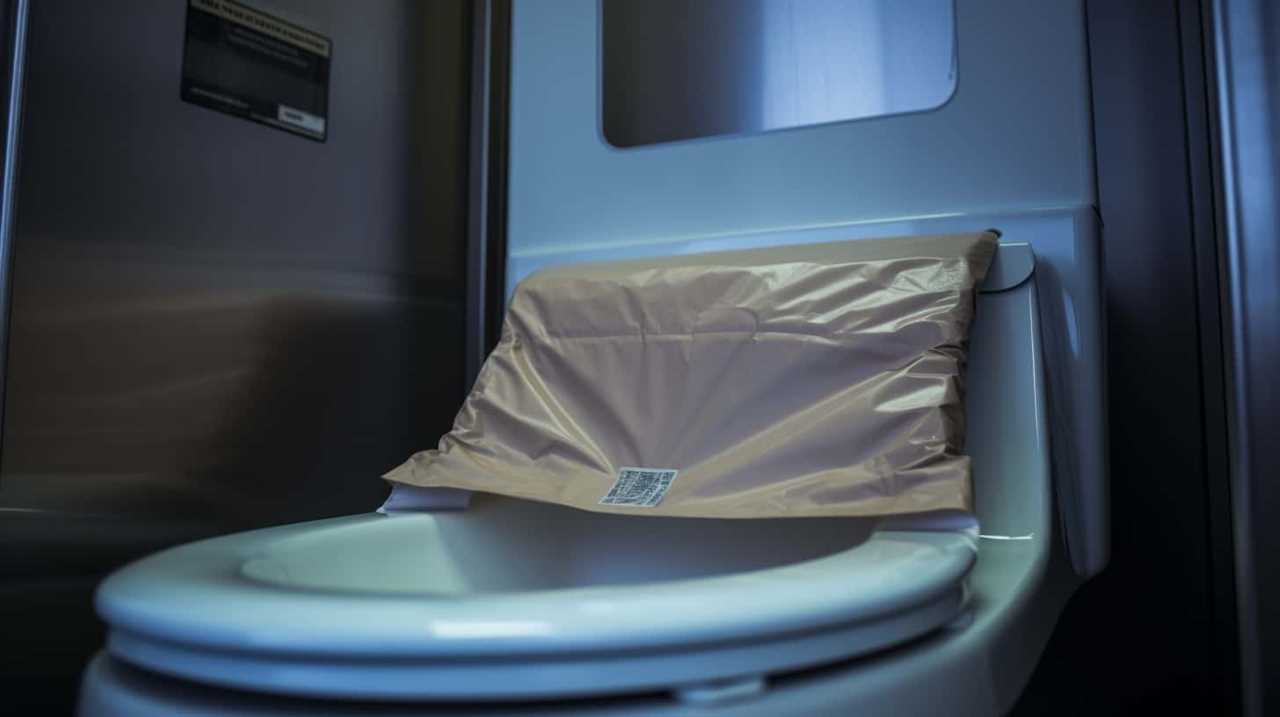
One of the advantages of the traditional flapper valve is its simplicity. It’s easy to install and replace, making it a convenient option for DIY enthusiasts. Additionally, it’s cost-effective compared to other valve types.
However, there are some drawbacks to consider. The rubber flapper is prone to wear and tear over time, leading to leaks and water wastage. It may require frequent maintenance and replacement to ensure optimal performance.
To maintain the traditional flapper valve, regular inspection is necessary. Check for any signs of damage or deterioration, such as cracks or warping. Clean the valve and flapper periodically to remove any debris that could affect its functionality. It’s also advisable to replace the flapper every few years to prevent leaks and ensure efficient flushing.
Dual Flush Valve
Moving on from the traditional flapper valve, another option for toilet flush valves is the dual flush valve.
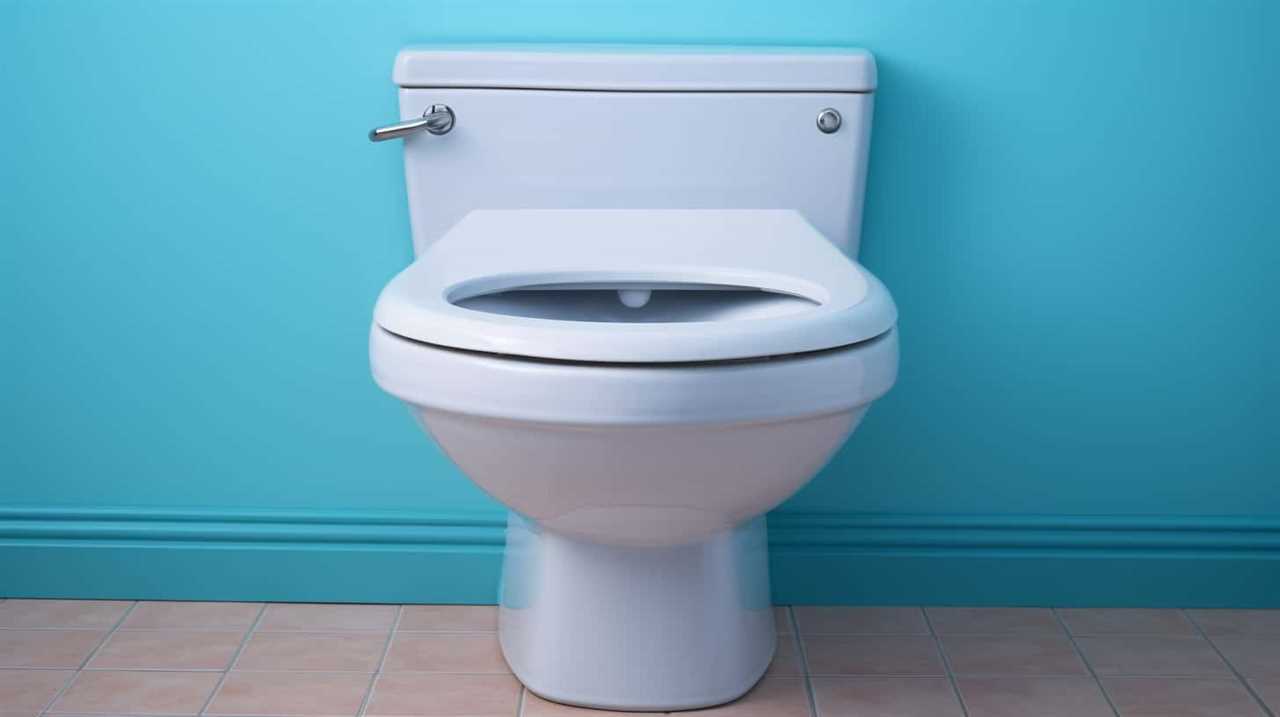
A dual flush valve is a water-saving flushing mechanism that allows users to choose between two different flushing options – a full flush and a half flush. The full flush is designed for solid waste and uses more water, while the half flush is meant for liquid waste and uses less water.
This innovative design helps conserve water by giving users the flexibility to choose the appropriate flushing strength depending on their needs.
Dual flush valves are becoming increasingly popular as they offer significant water savings, making them an environmentally-friendly choice for homeowners and businesses alike.
Pressure-Assist Flush Valve
Now let’s delve into the next type of toilet flush valve, the pressure-assist flush valve, which offers enhanced flushing power compared to the previous options. Here are some key points to consider regarding the benefits of using a pressure-assist flush valve in commercial buildings:
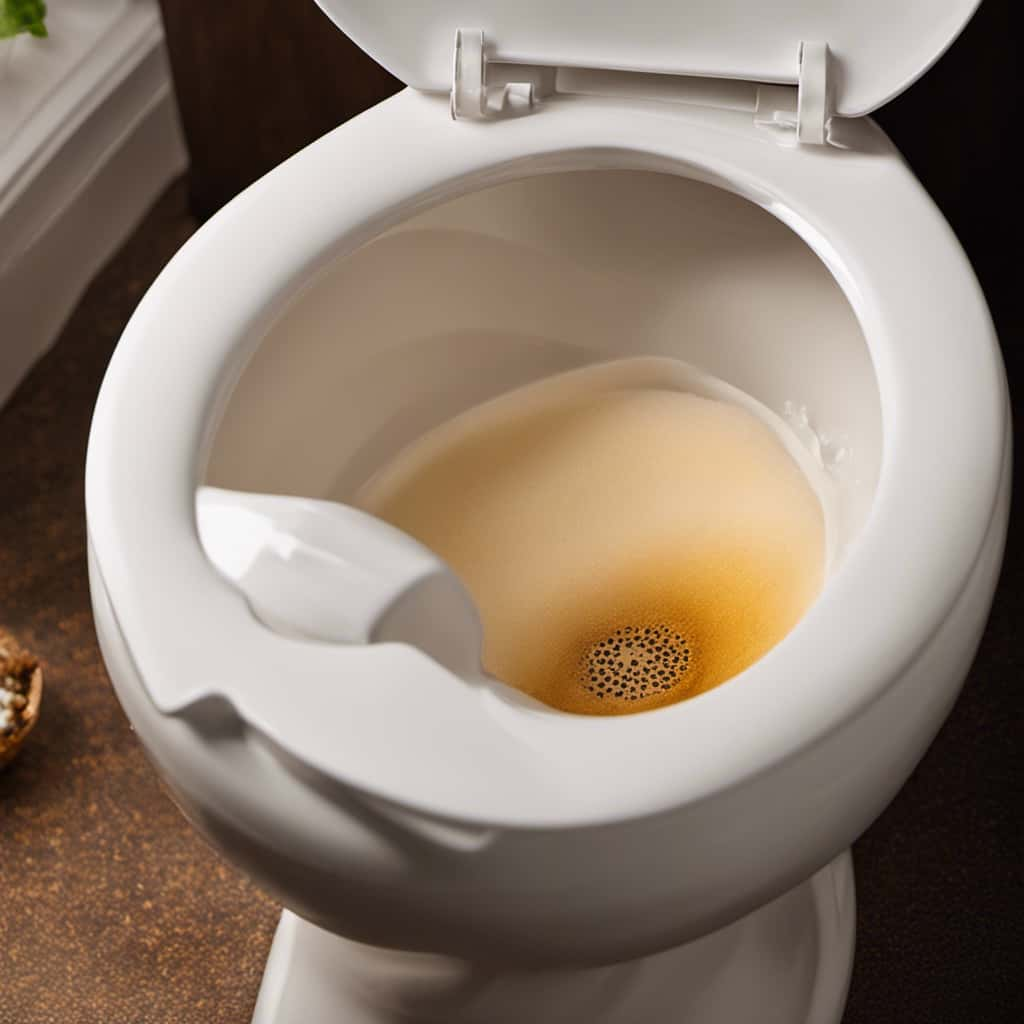
- Increased flushing power: Pressure-assist flush valves use compressed air to create a strong, forceful flush, ensuring effective waste removal in high-traffic areas.
- Reduced clogging: The powerful flush of a pressure-assist valve helps prevent clogs, minimizing maintenance and reducing downtime.
- Water efficiency: While pressure-assist flush valves use more water per flush compared to dual flush valves, they can still be efficient due to their ability to remove waste in a single flush, reducing the need for multiple flushes.
- Durability: Pressure-assist flush valves are designed for heavy-duty use, making them suitable for commercial settings with high occupancy rates.
When choosing a toilet flush valve for your commercial building, consider the superior flushing power and durability offered by pressure-assist flush valves, while also considering the water efficiency compared to dual flush valves.
Gravity Flush Valve
Let’s explore the functionality of a gravity flush valve. This type of toilet flush valve relies on the force of gravity to empty the contents of the toilet bowl. When the flush lever is pressed, the valve opens, allowing water to flow from the tank into the bowl. The weight of the water creates a siphon effect, which pulls the waste down the drain.
One advantage of a gravity flush valve is its water-saving options. Many modern gravity flush valves come with dual-flush mechanisms, allowing users to choose between a full flush and a partial flush, depending on their needs. This can significantly reduce water consumption and contribute to environmental sustainability.
Maintenance and troubleshooting of a gravity flush valve are relatively simple. Regular cleaning of the valve and keeping the tank components in good condition is essential. If the toilet isn’t flushing properly, checking the water level, adjusting the flapper, or replacing any worn-out parts may solve the issue. It’s also crucial to check for any leaks and fix them promptly to prevent water waste.
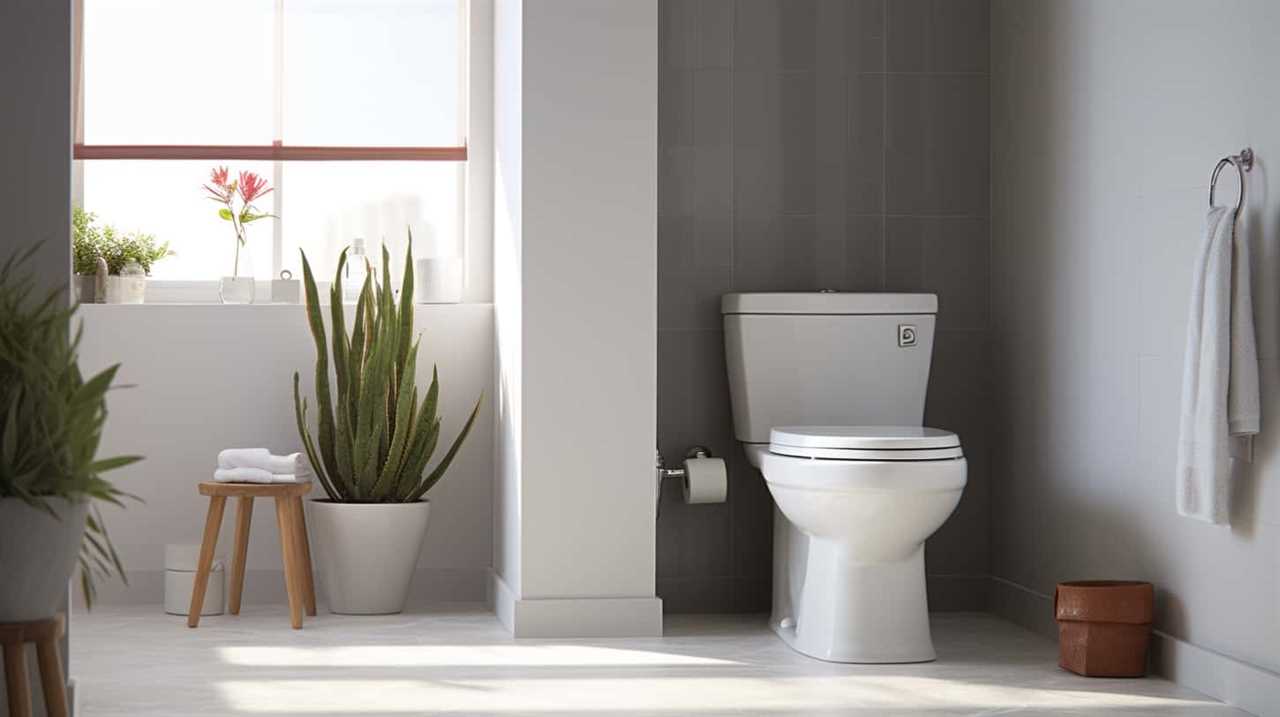
Electronic Flush Valve
The functionality of an electronic flush valve can be explored as it offers a convenient and automated solution for flushing toilets. Electronic flush valves have several benefits over traditional flush valves, making them a popular choice in modern bathrooms.
Here are some key benefits of electronic flush valves:
- Hygiene: Electronic flush valves eliminate the need for manual contact, reducing the risk of spreading germs and bacteria.
- Water efficiency: These valves are designed to use water efficiently, reducing water consumption and helping conserve this valuable resource.
- Customization: Electronic flush valves offer adjustable settings for flush volume and duration, allowing users to customize their flushing experience.
- Maintenance: With built-in sensors and diagnostic features, electronic flush valves can detect and address issues such as leaks and clogs, making maintenance easier and more efficient.
When comparing electronic flush valves to traditional flush valves, the main differences lie in their operation and features. Electronic flush valves offer automation and customization, while traditional flush valves rely on gravity or manual operation. Additionally, electronic flush valves provide advanced maintenance features, while traditional flush valves may require more frequent manual inspection and servicing.
Frequently Asked Questions
What Are the Main Differences Between a Traditional Flapper Valve and a Dual Flush Valve?
The main differences between a traditional flapper valve and a dual flush valve lie in their functionality and water-saving capabilities. The traditional flapper valve offers a single flush option, while the dual flush valve provides both a full and partial flush option, allowing for greater water conservation.
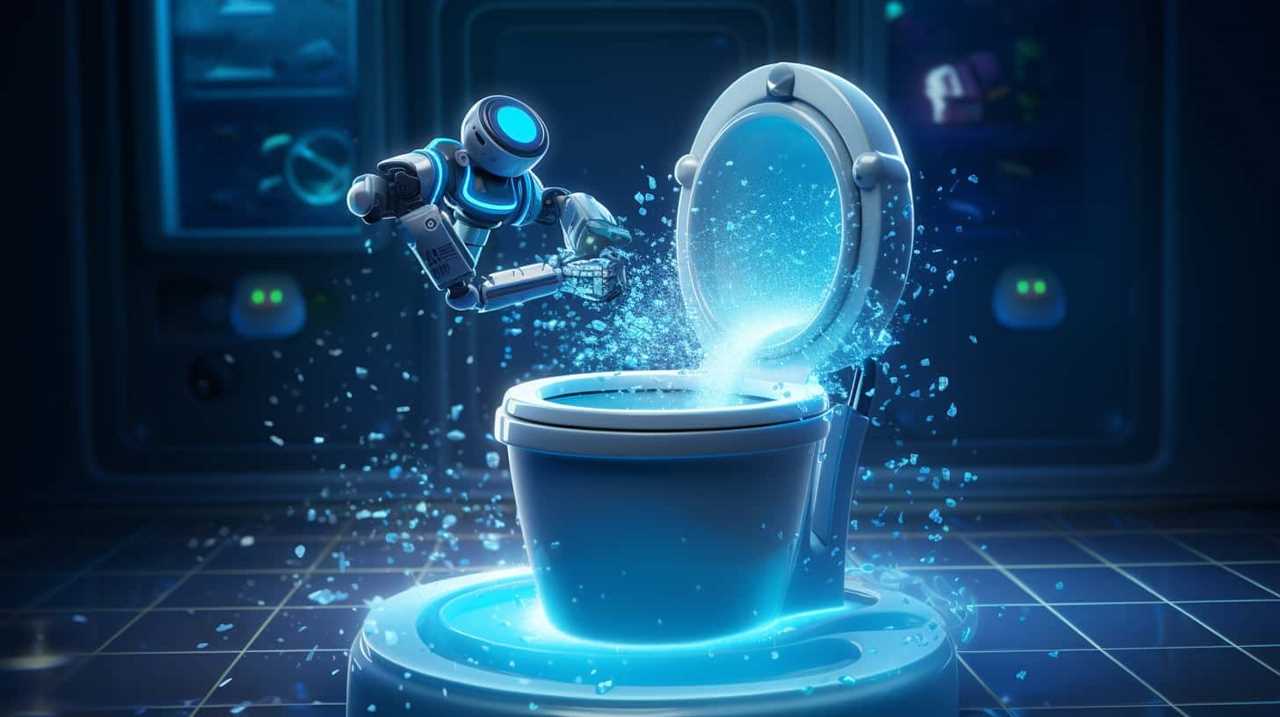
How Does a Pressure-Assist Flush Valve Work and What Are Its Benefits?
A pressure-assist flush valve operates by using compressed air to force water out of the toilet bowl, resulting in a powerful flush. Its benefits include efficient water usage, reduced clogs, and quieter operation. However, it may require professional installation and is more expensive than other types of flush valves. Troubleshooting common issues with pressure-assist flush valves involves checking the air pressure, inspecting for leaks, and cleaning the valve components regularly.
What Are the Advantages of Using a Gravity Flush Valve Compared to Other Types?
The advantages of a gravity flush valve are its simplicity and reliability. It requires minimal maintenance and has a lower risk of clogging compared to other types. Proper installation and occasional cleaning ensure optimal performance.
Can an Electronic Flush Valve Be Installed in Any Toilet or Is It Only Compatible With Specific Models?
Installing an electronic flush valve requires careful consideration of compatibility with specific toilet models. The installation process can be intricate, but when done correctly, it brings a seamless and efficient flushing experience.
Are There Any Maintenance or Cleaning Requirements Specific to Each Type of Toilet Flush Valve Mentioned in the Article?
There are maintenance requirements and specific cleaning techniques for each type of toilet flush valve. It is important to follow these guidelines to ensure proper function and cleanliness of the toilet.
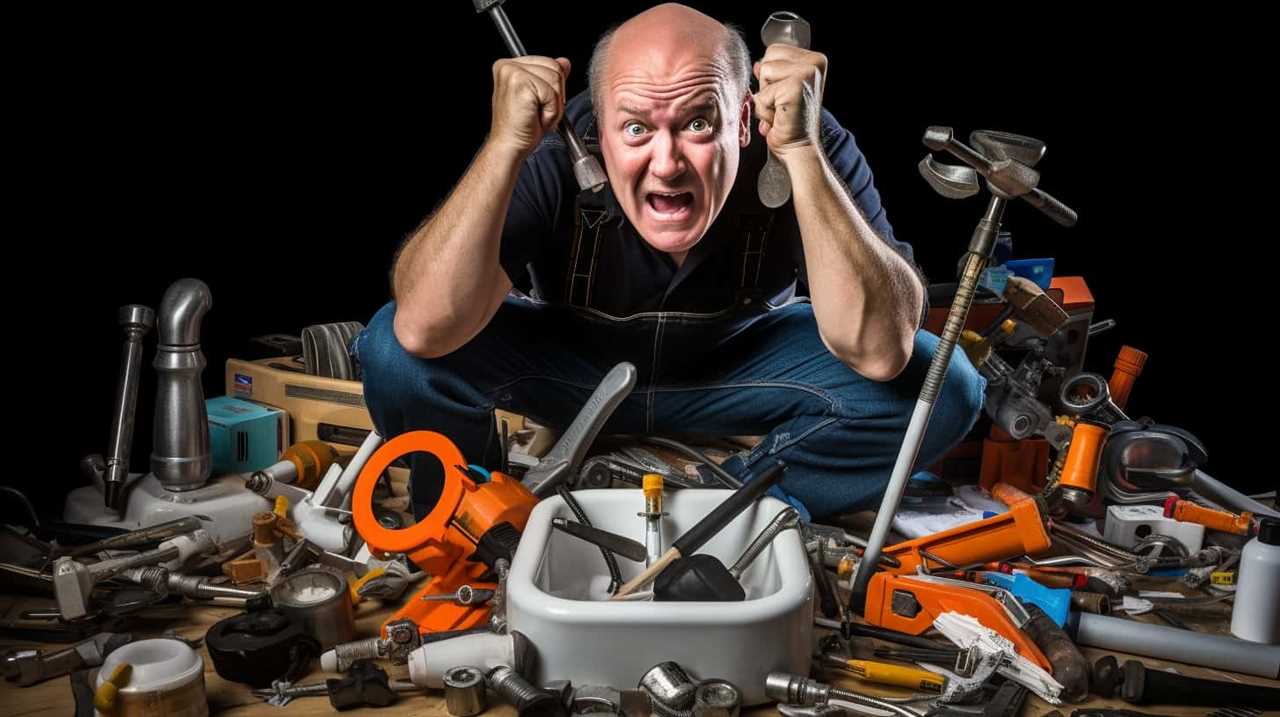
Conclusion
In conclusion, understanding the different types of toilet flush valves is crucial for maintaining a functional and efficient bathroom.
Whether it’s the traditional flapper valve, the water-saving dual flush valve, the powerful pressure-assist flush valve, the reliable gravity flush valve, or the modern electronic flush valve, each option offers its own advantages and benefits.
By exploring these options, individuals can make an informed decision that suits their needs, ensuring a seamless and effective flushing experience.






